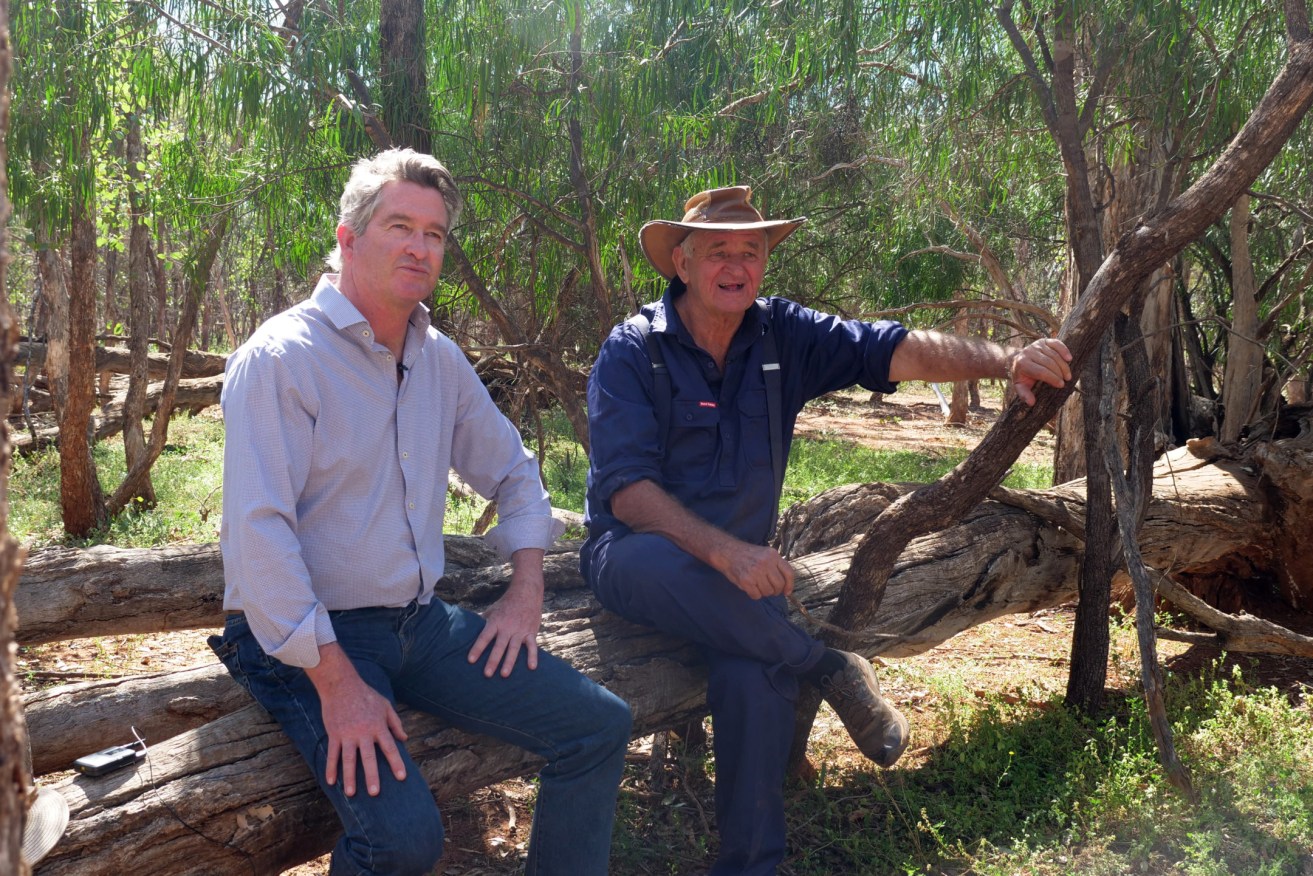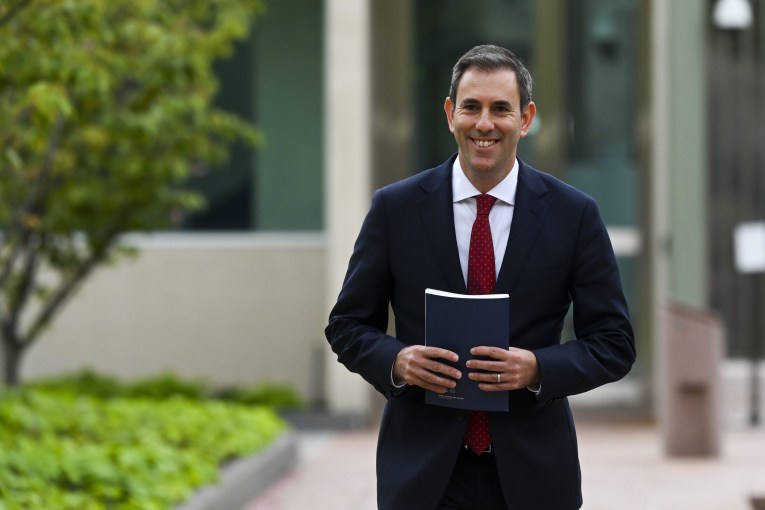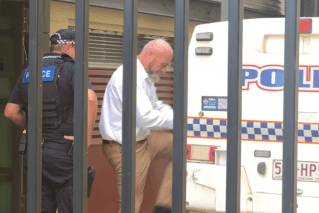Carbon copy: How Qld scheme planted the seed for money to grow on trees
The Federal Government wants to reward farmers with cash payments for improving their environmental performance, cultivating an idea that germinated in Queensland.


Carbon Market Institute chief John Connor (L) with farmer Peter Yench, who has earned millions for carbon farming through federal government credits. (AAP Image/Supplied by Carbon Market Institute)
Four years ago, the Palaszczuk Government, seeking a second term at the 2017 poll, made a commitment to establish the Land Restoration Fund (LRF).
With $100 million in the initial kitty, the fund was aimed at encouraging farmers to expand carbon farming in the state, directly supporting with cash incentives land-sector projects that would deliver additional environmental, social and economic benefits.
It was an opportunity for farmers to be financially rewarded for storing carbon in trees and soils, or avoiding the release of carbon through better management of fire, livestock, and fertiliser use.
In a rapidly changing regulatory environment, where new compliance measures were being imposed on primary producers, particularly those farming near the Great Barrier Reef, the fund was also something of a financial bridge to develop diverse income streams, transition to different farming models and reduce risk in the face of climate change impacts.
Four years on and this week the fund was being hailed as a pioneer in its field and the inspiration behind a new federal government plan to also financially reward farmers for improved environmental performance.
The acknowledgement came from an unlikely source, a sheep producer from Crookwell in NSW named Charlie Prell, who also chairs Farmers for Climate Action.
“Building off the work pioneered by Queensland’s Land Restoration Fund, the Australian Farm Biodiversity Certification scheme recognises the important role farmers play in supporting Australia to meet its international climate commitments and protect ecosystems,” he said.
“Providing extra income for farmers to increase their biodiversity and capture carbon is a win-win for Aussie farmers and the environment. Farmers want to lead the transition to a net zero economy in Australia.
“Global markets are demanding this and many farmers have already been adapting their practices for decades to adapt to and mitigate climate change.”
Queensland Environment Minister Meaghan Scanlon told InQueensland the LRF was an unqualified success, committing $92 million to carbon farming projects and delivering up to 1.9 million carbon credits, representing 1.9 million tonnes of carbon dioxide sequestered or avoided since access to funding was opened in January last year.
“The contracted projects are supporting training opportunities and jobs for local communities – jobs like plant operators, project managers, scientists and landscapers, as well as roles on Country for Indigenous rangers,” she said.
“In addition to jobs, the LRF values and pays for the environmental and social benefits that projects generate – benefits like healthier soils and waterways, improved water quality flowing to the Great Barrier Reef, business opportunities for First Nations people, and the restoration of threatened species habitat.
“This means that every LRF project is producing, and being paid for, outcomes that benefit Queensland’s environment and people.”
Prell’s tentative endorsement of the federal government’s plan comes after money was allocated to the scheme in last week’s Budget and promoted to the sector by Agriculture Minister David Littleproud – although the information was nothing new.
Littleproud had already explained the structure of the scheme back in March, seven months after outlining the scope of the project when awarding a $3.4 million grant to the Australian National University to develop the framework.
The third announcement – or re-announcement – of the same scheme came this week. It’s called the Agriculture Biodiversity Stewardship Pilot Program and it gets $32 million to help farmers improve on-farm biodiversity.
The pilot, which is being trialled in six farming regions, including the Burnett-Mary region in Queensland, aims to have farmers in a position where they can cash-in on the emerging environmental market.
They’ll do this through the rollout of a ‘Biodiversity Certification’ label, allowing products that have come from farms with verified environmental performance to fetch premium prices, as well as the development of a customised trading platform that links buyers and sellers of biodiversity services.
The difference with this program, described as ‘world-first’ by its ANU architects, is that it provides one platform to capture and pay dividends on carbon abatement activities, currently available to farmers under the Emissions Reduction Fund and proactive on-farm biodiversity improvements, such as the planting of vegetation beneficial to local ecosystems.
A $197m investment over the next four years to begin implementing the 20-year National Soil Strategy is also aimed at giving farmers more support from the ground-up.
The initial funding will support a two-year pilot will pay farmers rebates for comprehensively soil testing – the price of which is currently a big barrier to farmers establishing their baseline soil carbon level.
Despite the environmental inclusions, the Budget has been criticised by the Queensland Farmers Federation for lacking strategic vision that would enhance the sector’s competitiveness, prosperity and growth.









